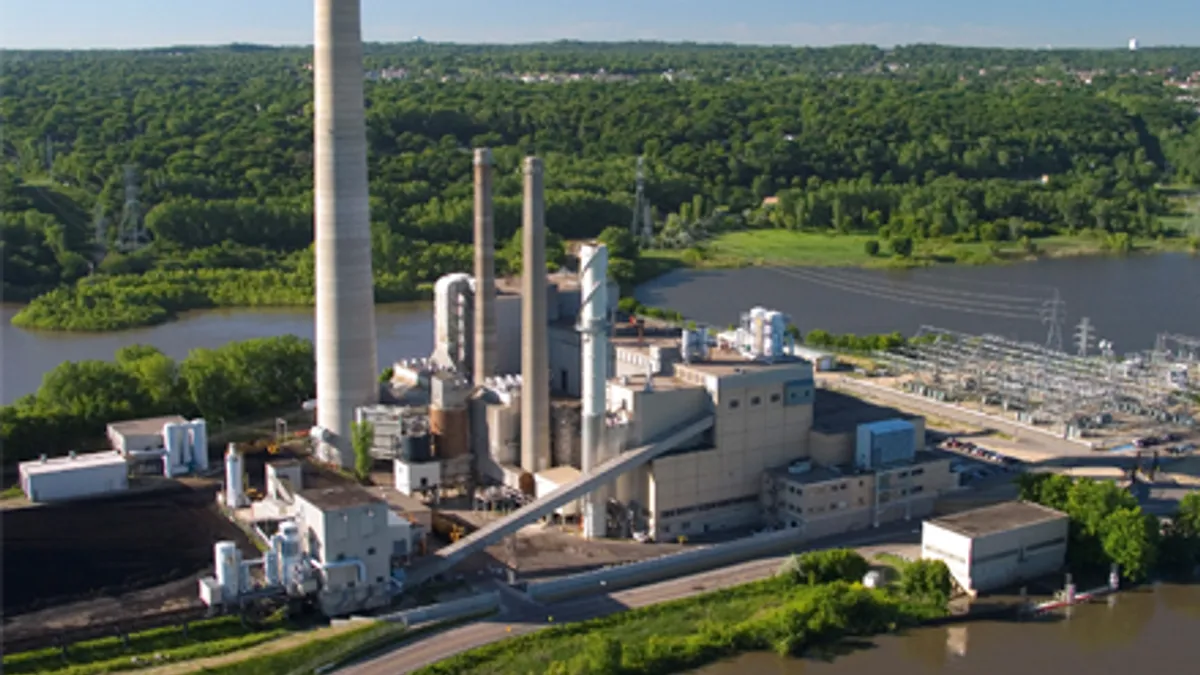Dive Brief:
- The Environmental Protection Agency (EPA) has published proposed carbon dioxide emissions standards for new fossil-fueled power plants in the Federal Register, kicking off a 60-day public comment process.
- The proposed standards, first unveiled in September and a recrafting of draft rules issued in 2012, would be too high for conventional coal-fired power plants to meet. Coal plants could use carbon capture technology to meet the standards, but the technology is not cost competitive.
- EPA expects the proposal to have little effect on carbon emissions through 2022 because, even without the proposed rule, few coal plants are under development and power producers are opting to build natural gas-fired plants instead.
Dive Insight:
To get a taste of the debate over the proposed rules (and what the talking points will look like when EPA proposes carbon limits for existing power plants later this year), here's what some groups are saying:
“This re-proposed rule effectively precludes coal going forward as a resource for electricity generation,” the American Public Power Association said. “This will limit our future resource options and could likely lead to higher electricity rates in the coming years.”
“This is a big step forward toward getting some common-sense limits on the carbon pollution that causes climate change,” Environmental Defense Fund Attorney Megan Ceronsky said. “These standards will move us toward cleaner power generation, which will protect public health and encourage the development of new technologies that will boost the U.S. economy.”
“It is disappointing that EPA has gone ahead with a proposal that would effectively ban new coal-fired power plants in the U.S.,” Jeff Holmstead, Electric Reliability Coordinating Council attorney, said. “EPA’s overreach will eventually increase the cost of electricity for most Americans. It will also create an incentive for energy-intensive industries to locate overseas.”














